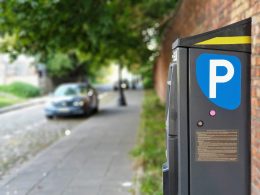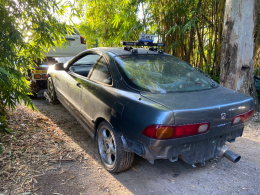The concrete jungle of Manhattan has long grappled with its notorious traffic congestion. As the city searches for solutions to alleviate the gridlock and reduce carbon emissions, a groundbreaking measure is set to transform the way vehicles navigate its streets. Congestion pricing, a system aimed at discouraging vehicle congestion by implementing tolls during peak hours, is slated to launch in April 2024. In this article, we delve into the implications of this imminent change and explore how Manhattan drivers are preparing for the challenges and opportunities it presents.
Manhattan’s Traffic Woes:
For years, Manhattan has been plagued by a web of traffic congestion, causing frustration for both commuters and residents. The clogged streets not only lead to longer travel times but also contribute to air pollution and hinder the city’s overall livability. Recognizing the urgency to address these issues, city officials have turned to congestion pricing as a potential solution to alleviate Manhattan’s traffic woes.
Understanding Congestion Pricing:
Congestion pricing is a proven strategy employed by major cities around the world to manage traffic flow and reduce vehicle emissions. Under this system, drivers are charged a fee for entering specific zones during peak hours. By placing a financial burden on driving during congested periods, the aim is to incentivize the use of alternative modes of transportation, such as public transit, carpooling, or biking. The revenue generated from congestion pricing is often reinvested into improving public transportation infrastructure.
Preparing for Change:
As the launch of congestion pricing looms, Manhattan drivers are bracing themselves for the impact it will have on their daily commute. Many are anxiously considering the financial implications of the tolls and weighing their transportation options. Some drivers are contemplating carpooling or joining ride-sharing services to mitigate the toll expenses, while others are exploring public transit alternatives and cycling as viable alternatives to avoid the fees altogether.
The Potential Benefits:
While congestion pricing may initially be met with resistance, proponents argue that the long-term benefits far outweigh the inconveniences. By reducing traffic congestion, the system is expected to improve overall traffic flow, decrease travel times, and enhance air quality in Manhattan. Additionally, the revenue generated from congestion pricing can be reinvested in improving public transportation, making it a win-win situation for commuters and the environment.
Challenges and Considerations:
The implementation of congestion pricing in Manhattan does not come without challenges. Some concerns include potential inequity in toll burdens, the need for robust public transit alternatives, and the need to address the needs of low-income individuals who heavily rely on driving. It is crucial for city officials to address these issues through comprehensive planning, ensuring that the system is fair, accessible, and effectively addresses the diverse transportation needs of Manhattan’s residents and visitors.
Public Perception and Opposition:
As with any major policy change, congestion pricing has its fair share of critics. Opponents argue that the tolls disproportionately burden certain demographics, such as low-income individuals and small business owners who rely on vehicles for their livelihood. They also raise concerns about potential unintended consequences, such as traffic diversion to neighboring areas. Public education and engagement are key to addressing these concerns and garnering support for the initiative.
Conclusion:
The countdown begins for Manhattan’s eagerly awaited congestion pricing launch in April 2024. As the city takes a bold step toward curbing traffic congestion and reducing emissions, drivers are preparing for the changes it will bring to their daily commute. While challenges and opposition persist, congestion pricing has the potential to transform Manhattan’s transportation landscape.












